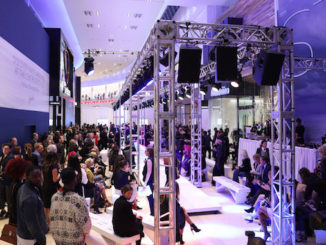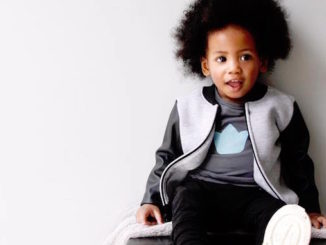For the last three thousand years, First Nations in Canada have been designers of iconic style. And for the past 500 years, non-natives have coveted that look, and this month, the Native Canadian Centre of Toronto has held an Indigenous marketplace filled with handcrafted works.
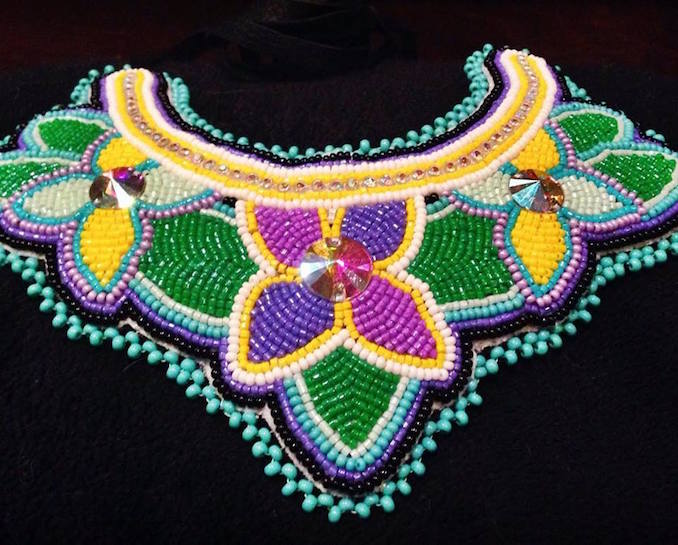
Beaded jewelry, butter-soft moccasins, deerskin mitts… but…. questions arise…. “Will I look like the guy dressed up as an ‘Indian Brave’ for Halloween?” “Will I be that girl wearing a feathered headdress at a festival?”
The runway has its share of appropriation catastrophes. We can try to forget Dean and Dan Caten’s “DSquaw Collection” (oh yes, they really thought that would be a good idea), featuring works with direct copies of Anishnaabe patterns. UK designer KTZ also thought it would be fun to make a direct copy of shaman’s jacket, without permission of the family of the artist, and of course, zero understanding of the cultural and spiritual context of the symbols.
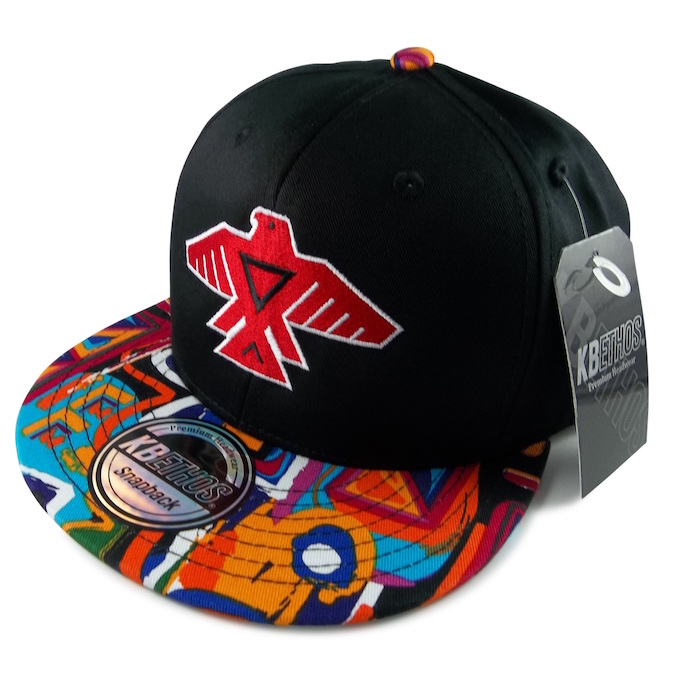
Fashion tragedies like this can make a person think that it’s best to just stay clear of native style all together. So what is a fashion fan to do, when confronted by a glittering beaded collar, or a hand sewn appliqued parka?
Paul McLeod of the Native Canadian Centre of Toronto, shares these simple tips;
1 – Who profits?
Are you buying copies of mukluks, made in China, from a mass market retailer? Don’t do that. Are you buying mukluks made by a Inuit artisan? They’ll cost you more, but you’ll not only be supporting them, but the hunter who sold her the sealskin to make your fabulous boots. Now they’ve both got money to spend in their community. Buy those boots, and flaunt them with your head held high!
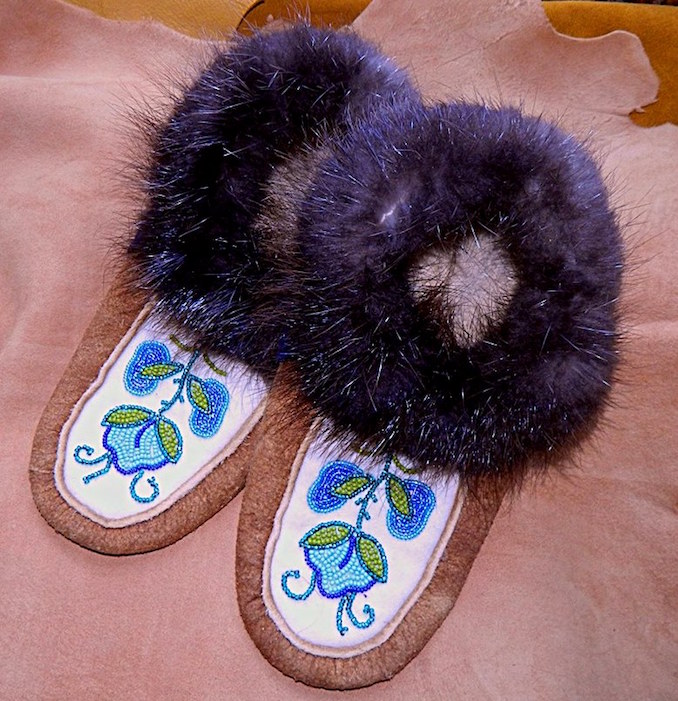
2 – Are you buying a fashion item or an object with sacred or cultural meaning?
We all cried watching Gord Downie embraced in ceremony, as National Chief Perry Bellegarde awarded him a single eagle feather. And we’ve all cringed watching people wear a feathered headdress for Halloween. Fashion? Buy that necklace! Sacred or cultural item? Nope. Using other people’s faith and cultural traditions as an accessory is creepy and weird. Not sure? If you are buying from a First Nations, Metis or Inuit designer, just ask them.
3 – Does the item reinforce a stereotype, like a Pocahontas mini-skirt?
Keep walking. Is this a gorgeous, authentic item? Go for it. Listen. Talk with the artists, and learn about their traditions, techniques, challenges, and vision.
Relax, support native designers, and indulge.
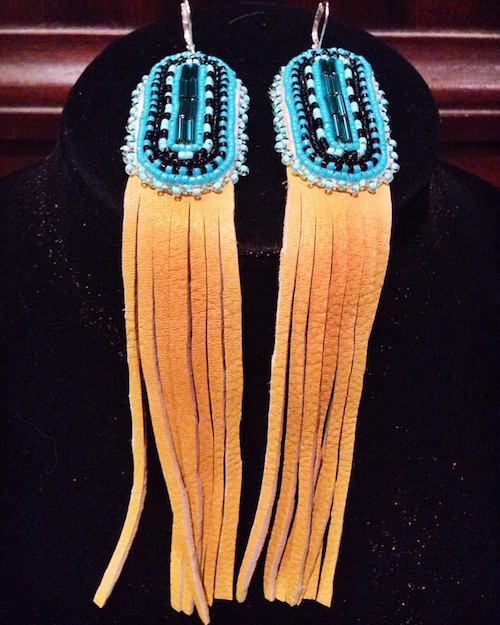
***
The Native Canadian Centre boasts over 30 local designers, and you can snack on Native eats and treats. Sunday, December 18, from 11am to 4pm, at 16 Spadina Rd.
Visit their facebook page for more info.


